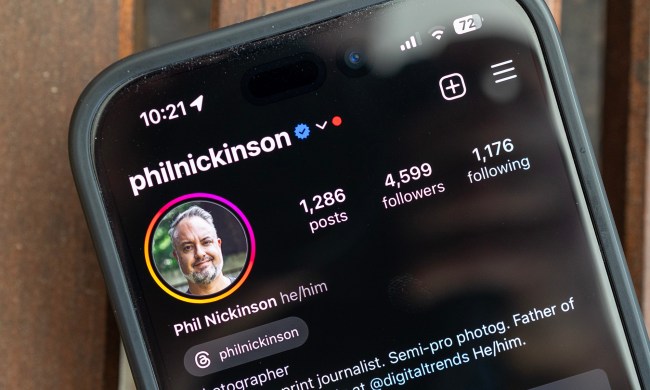
At its peak, the 45-minute video was watched live by over 800,000 viewers. That’s the highest audience ever for a Facebook livestream, given that the feature itself is still relatively new.
T-Mobile Offer: Buy the LG G5 and get a free battery and cradle bundle
BuzzFeed, which is a Facebook Live paid media partner, has now seen its video accumulate over five million views, and over 300,000 comments. No matter how you slice it, those are impressive numbers. But how exactly did an exploding watermelon manage to draw in such a large crowd of online viewers?
First things first — this was by no means an original idea. Popular YouTube channel “The Slow Mo Guys” (basically the Internet’s version of Homer Simpson’s idea of the Fourth of July) did the exact same “experiment” in 2012, in an easily digestible four minutes. That video has been watched almost 15 million times, evidence of our voracious desire to watch things blow up.
Staying on the topic of video duration, BuzzFeed itself noted that many real-time viewers were themselves questioning why they were watching the livestream. After all, the moment of impact didn’t occur until the last minute of the 45-minute broadcast. The rest of the time we were staring at two people in white overalls putting rubber bands over a watermelon — it took around 680 elastic bands to do the trick, in case you were wondering.
https://twitter.com/daweiner/status/718519538392899584
In the words of Jack Dorsey, CEO of Twitter, sometimes just being “in the moment” with others during a live event is enough, no matter how mundane the action. Dorsey was referring to his company’s livestreaming platform Periscope, which itself had a viral moment earlier this year when a recording of a puddle in the U.K. drew in a crowd of 650,000 viewers.
Facebook realizes the potential of Live Video, which it is increasingly treating as a priority. The platform is already pushing live broadcasts to the top of its News Feed, and alerting users when someone they follow (or like, in the case of a Facebook page) begins a broadcast. Its biggest success, however, has been its courtship of media companies to provide content for its livestreaming feature. As mentioned earlier, BuzzFeed is one of those media partners, and that strategy has clearly paid off.
Initially, it was thought that traditional TV and cable channels would excel in the medium of Facebook Live broadcasts, thanks to their years of experience with the format. The likes of E! and the Discovery Channel have had their fair share of success with Facebook Live, but it took a digital media company to break open the floodgates. Let’s not forget, BuzzFeed knows a thing or two about viral videos — it even has its own video app — and it is obviously not afraid to borrow ideas from elsewhere. Most importantly, it has a built-in audience thanks to its seven million page likes, with all of those followers conveniently receiving a notification every time it goes live.
Nonetheless, the real success for Live Video lies in mainstream adoption. Will Facebook’s 1.5 billion user base take to the medium with the same vigor that media companies have? And will it produce its own roster of homegrown stars as have YouTube and Vine? Who knows, maybe the next Tyler Oakley or Zach King will appear on Facebook Live. All it takes is a quirky idea and a smartphone with a decent camera, and you’re set to show a massive potential audience your marvelous creation. The world is your oyster, or should we say watermelon.


